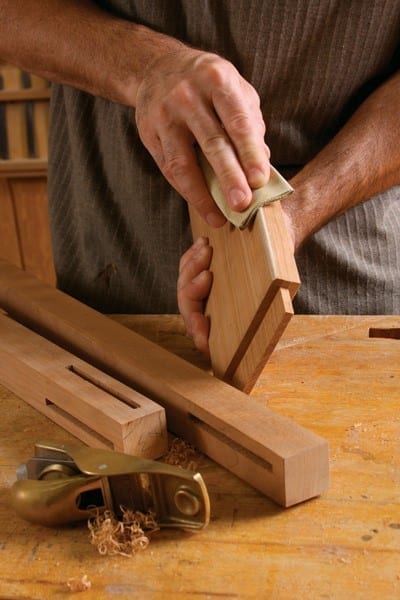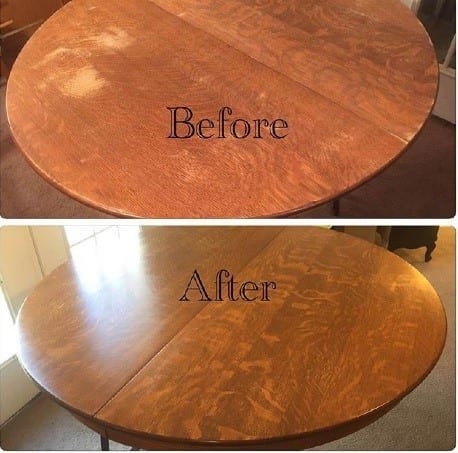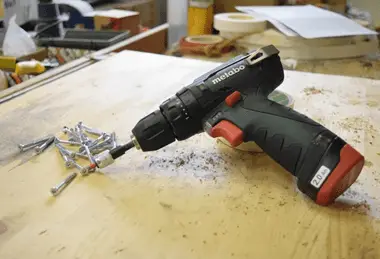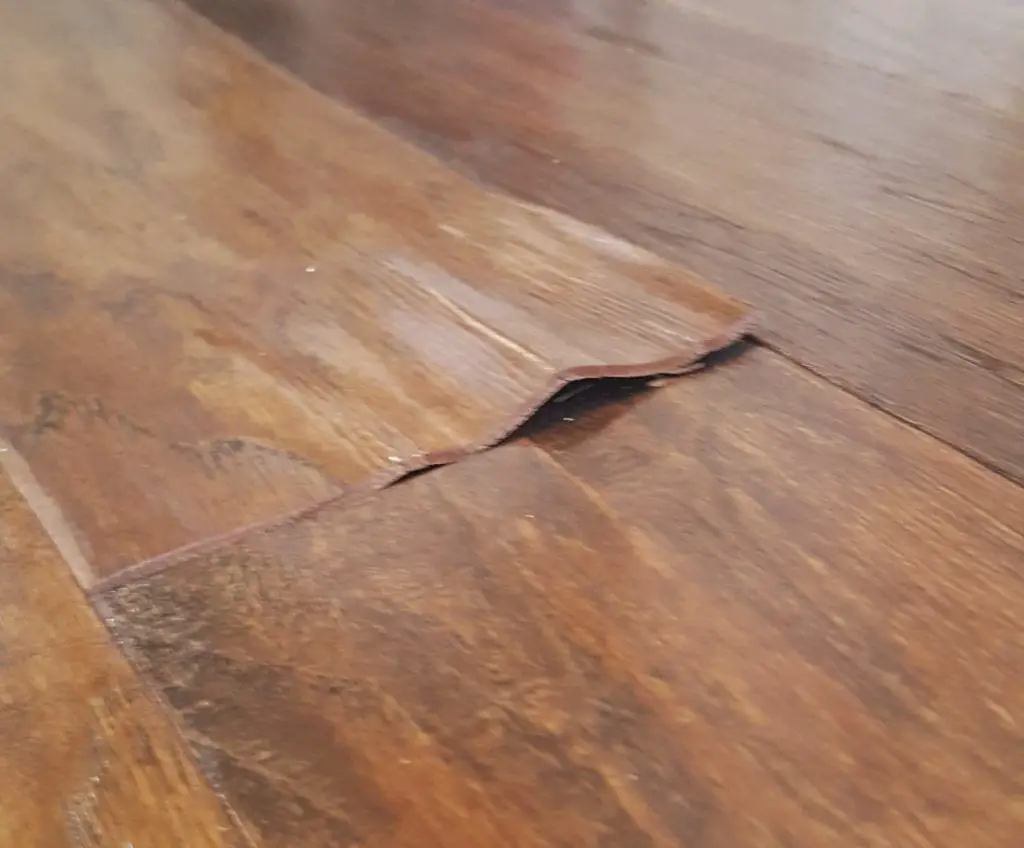Being passionate and dedicated DIYer that I am, I reached a point when I had to learn how to round wood edges without a router. The thing is, while I was still single, I paid little attention to the sharp edges. However, when I got pregnant, everything changed.
Nevertheless, rounded edges look far better than sharp ones. But while I was at the beginning of my woodworking journey, I simply didn’t care. After all, equipping a workshop is not that easy. I was constantly saving money for new tools.
However, it would be useless to spend a fortune on a computer numerical control router keeping in mind that I couldn’t possibly use it any often. And so, I did my research very well. Finally, I decided to make the needed sacrifice and invest a tiny bit more of my time and concentration into rounding wood edges without a router.
But guess what? Anyone can learn how to do it. Nevertheless, there are multiple tools you can choose to use (so you most probably have these readily available). Read on and find everything you need to know (including awesome tips and hacks)!
What You Will Need To Follow This Tutorial
- Hand Plane
- Chisel (or gauge)
- Card scrapper
- Scratch stock
- Cornering tools
- Spokeshave
- 100-grit, 150-grit, and 220-grit sandpaper
In the comprehensive tutorial below, we are focusing on rounding wood edges with a hand plane. The rest of the tools are not needed in the case you opt for a hand plane.
However, we know that there are woodworking enthusiasts of different levels of experience and tools availability. Thus, if you don’t possess a hand plane, don’t get discouraged. Our ancestors knew how to round wood edges perfectly well long before a hand plane was invented. Check out the pro tips below before you get started.
Pro Tips
1 – Take the time to picture the rounding method
Whatever tool you choose to use, the final results will depend on how accurately you are able to picture the rounding process and method in your head. Each time, you should strive for mastering the very basics: first, you’ll create the largest chamfer; next, you’ll create 2 more corners; finally, you will pass the corners lightly and eventually sand off the edges.
2 – Know the strong sides of each hand plane
In a nutshell, the longer the hand plane, the more accurately you’ll be able to round wood edges. For example, jointer planes work fantastic for doors and boards.
On the other hand, a jack plane is easier to handle by beginners and even though it’s shorter than a jointer plane, it does a pretty decent job. A smoothing plane is shorter than a jack plane; however, you can use it on both large and small edges which need rounding. Mind that will take longer when dealing with a large object, though.
A block plane can be used only on thin pieces of wood.
Step by Step Instructions for Rounding Wood Edges Without Router
Step 1 – Plan the layout and cut the 1st chamfer at approximately 45 degrees
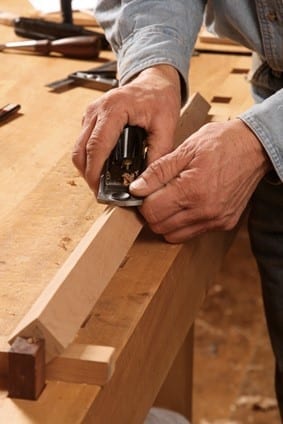
Image Courtesy of finewoodworking.com
You need to mark the depth of the round-over first. After you have estimated and marked the right radius, cut a 45 degrees chamfer with your hand plane. Following the lines of the layout, cut all the way down. Aim for straight, controlled moves. Doing so will help you cut a tidy, accurate chamfer.
Step 2 – Plane down each corner of the chamfer and finish by smoothening the surface of the wood

Image Credit: woodworking.stackexchange.com
You’re almost done! Just plane down each corner of the chamfer with your hand plane. The goal is to end up with 4 corners instead of 2 at each edge. Finally, polish your masterpiece for the perfectly rounded appearance. For this purpose, you can use a blocking plane or sandpaper.
Whether you choose to round wood edges by hand with a chisel, and/or a card scraper, or whether you opt for the beginner-friendly hand plane method we listed above, we sure hope this tutorial has been of your assistance.
Did you enjoy the article? Your thumbs ups and shares keep us going and contributing with awesome tips for the DIY woodworking community. Join us at any time in the comment section below with your personal experience, tips, tricks, questions, or suggestions! Let’s spread the love for woodworking together.
